
Pulmonary arterial hypertension is a rare and potentially life-threatening disorder. But when prominent entrepreneur Martine Rothblatt (Figure 1, right), founder of Sirius radio, learned in the 1990s that her daughter had been diagnosed with this little-known condition and given only three months to live, she refused to accept that grim prognosis. Instead, Rothblatt transformed her life.
She sold her stake in Sirius and devoted herself to collecting every bit of information she could that might help with this orphan disease. She ended up starting a new company, the pharmaceutical firm United Therapeutics, to develop and bring to market a promising experimental drug that another firm had discovered but chose not to develop. She also went back to school, earning a Ph.D. degree in medical ethics. Meanwhile, her daughter thrived, is now in her thirties, and works at United Therapeutics (which currently has a market capitalization in the billions). Along the way, Rothblatt learned of many different and highly promising treatments being developed in labs around the world, including work on tissue and organ replacements, that were not progressing from the lab to clinical use.
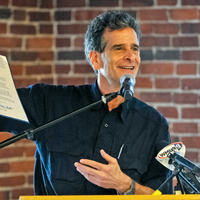
Later, Rothblatt met Dean Kamen (Figure 2, right), another long-time entrepreneur whose work has centered on developing advanced devices for biomedical needs—from portable dialysis machines to stair-climbing wheelchairs. The two talked at length about the broader issue of promising medical technologies like the drug that saved her daughter, technologies that never get beyond the research stage to reach the patients who could benefit from them.
What was missing in these promising cases? Why were such “miracles going on in these laboratories,” as Kamen puts it, yet never making their way beyond the lab bench? “In many different areas,” Kamen says, “guys doing drug development, guys doing organ development, and guys doing genomics and proteomics, and you name it, every one of them is doing it in a laboratory environment as a one-off. And often they don’t have the right tools. They are looking at 21st century solutions and trying to implement them with 19th century laboratories and processes.”
The Advanced Regenerative Manufacturing Institute
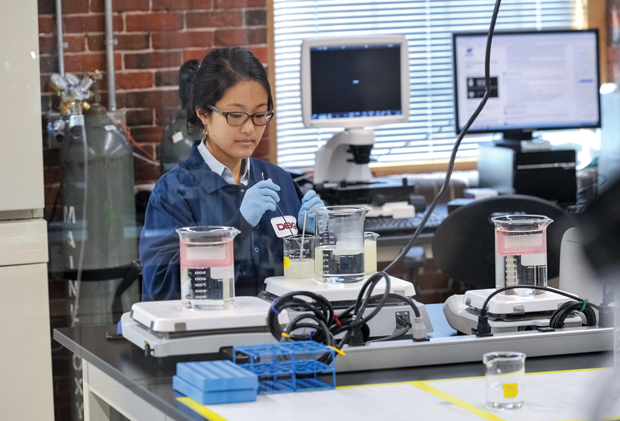
To remedy that, the plan Kamen and Rothblatt hatched during their chance meeting grew and evolved into what is now a multi-industry, multiuniversity nonprofit consortium called the Advanced Regenerative Manufacturing Institute (ARMI), with some US$300 million committed to its work (Figure 3). ARMI’s mission is to develop practical, viable methods for producing everything from tissues to organs—lab-grown skin for grafts, replacement blood vessels, muscle, and even kidneys or livers, created through techniques such as three-dimensional (3-D) printing—at a scale sufficient to meet vast and growing medical needs (Figure 4). As discussed in the next section, the main backer of this new enterprise, the U.S. Department of Defense (DoD), increasingly needs such tissues for transplantation in wounded veterans. ARMI officially opened for business in the summer of 2017, in offices adjacent to Kamen’s own biomedical research and development firm, DEKA, based in the old red-brick mill buildings of Manchester, New Hampshire (Figure 5).
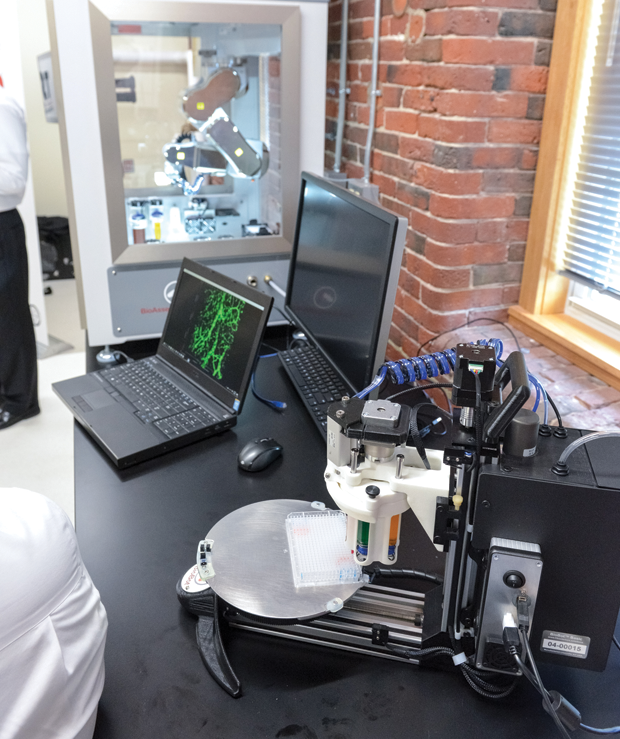
The key motivation that led to ARMI’s creation, Kamen says, was bringing better engineering resources to research groups that didn’t have easy access to such tools. “We very quickly realized we could use some of the technologies we had been developing for decades” at companies such as his. These technologies “are in high-volume production for things like dialysis equipment and drug delivery and sensing systems. And we quickly were able to take one of the laboratory-scale projects and demonstrate that we could get much better outcomes much more quickly with some of the engineering tools we have than they could in a bio lab. So we put a team together and decided we’re going to help start growing some organs!”
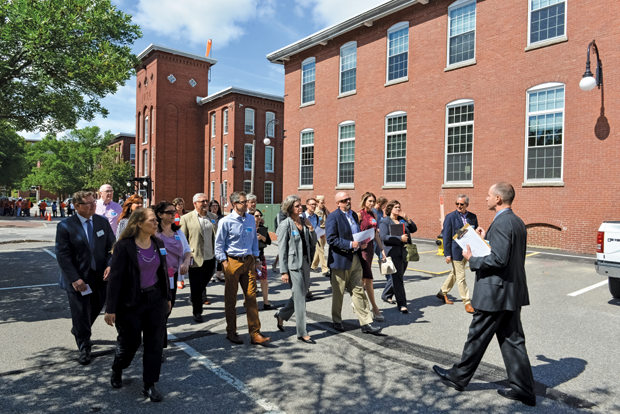
The DoD Sets Things in Motion
Soon after Kamen and Rothblatt’s initial discussion, the DoD issued a request for proposals on a new manufacturing initiative that would be one among a dozen private–public partnerships proposed by various government agencies, all dedicated to bringing new manufacturing industries to fruition in the United States. This particular initiative was dedicated to bringing industrial processes to the production of biomedical tissues. “The DoD sent out a request that literally looked as if they had been a fly on the wall” during his conversations with Rothblatt, Kamen recalls. The two quickly put together a detailed submission and soon learned that they had beaten out dozens of other bidders—most of them led by leading institutions of higher learning—to receive the federal matching grant.
“We were very excited when we found out our proposal [for ARMI] won the US$80 million grant,” Kamen recalls. “And we were told as part of our grant proposal that we would have to show that, if we got the grant, we would have it matched, at least one to one, by industry partners.”
Kamen adds, “I thought that would be a little daunting,” because such proposals are not something he normally deals with. “I called a lot of people in industry,” he says, “that I thought have resources that could be very useful and told them it’s about creating a new industry. And, lo and behold, we didn’t get US$80 million in matching funds; we got US$214 million dollars in matching funds, which brought the total to almost US$300 million.” And, he continues, “since then we’ve gotten more of everything.”
ARMI received notice that it had won the grant in December 2016 and held the official opening of its headquarters on 28 July 2017, so things are still in the very early stages. But already the consortium includes more than 80 companies, from giant corporations to small startups, and 20 colleges and universities ranging from community colleges to leading research institutions like the Massachusetts Institute of Technology.
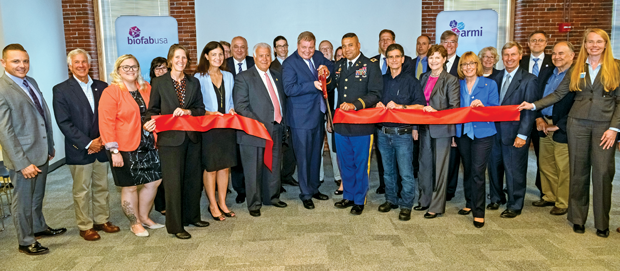
Speaking at the ARMI opening, New Hampshire Governor Chris Sununu (Figure 6) said “Think of it: we are here today at the birth of an entire new industry. How many times are we going to be able to sit in a room and say that?”
What’s Next?
So what will all this money, brainpower, and expertise be tackling? Kamen remarks that a large number of projects are under consideration, ranging from some that could be implemented rapidly to others on timeframes so slow that most research funders would shy away.
As the consortium members began to meet and discuss goals, he says, “It became pretty clear that there were certain kinds of tools that are so precompetitive that all the members would happily share in the development of them—whether it’s better bio reactors [or] better sensor systems that can sense things in real time in an environment that has living cells in it, and so on.” He notes that they are carefully constructing a wish list of the kinds of engineering tools that would be most useful for the bio research community.
From there, he says, “For some of these things we have . . . companies already working on their proposals, looking to team up to build things very soon. Then, we have some that are slightly longer term, for instance, making ways to expand cells more efficiently and more quickly with better controls.” The consortium itself will not produce the actual products but will develop them to the point where they can be licensed for production or where individual companies within in the consortium—or partnerships among these companies—can handle actually bringing them to market.
While some projects could be brought to production within a year or two, that’s just the start. Kaman predicts, “As you climb that ladder of complexity, we’ll be working on going from cells into simple pieces of tissue or scaffolds for tissue like skin and bone, then ultimately pieces of whole organs, and then finally whole organs like livers and kidneys and lungs. I think the whole organs are the long-term ultimate goal.” Before then, he says, “the intermediate goal, and one that certainly the DoD would be very enthusiastic for us to be able to supply in large quantities, would be . . . skin and bone replacement and better ways to meet the needs that are somewhat unique to the DoD and the people they are obligated to support.”
Kamen hopes to bring the kind of manufacturing efficiencies to biotech that led to Moore’s law in the world of semiconductors and computers. But he also knows that there are extra difficulties in the biomedical world that chip manufacturers never had to face. “There was no issue, at each stage, where the FDA [the U.S. Food and Drug Administration] had to get involved if your transistor didn’t work,” he says. If a chip didn’t work, people just wouldn’t buy it. “But people that are trying to grow organs can’t just go into the business of making them and supplying them, for obvious reasons. The regulatory process is paramount.” And yet, Kamen concludes, “Suddenly you have more and more capability just to bring these miracles, at least theoretically, to demonstrable levels in a laboratory. But getting through that valley of death, getting to be able to do it in a high volume with life stuff is much harder to scale than transistors. And even if you can get it to a volume production, you have all the real issues of making sure that it’s going to be safe and reliable and consistent. And that’s enormously complex and expensive.”
Preparing for the Long Term
To help smooth out the regulatory approval of its innovations, ARMI has hired the former head of the biologics group with the FDA, Dr. Richard MacFarland, as its first employee. “He’s going to help companies show up at the front door of the FDA with stuff that is well thought out, that meets their requirements, that can accelerate the process of being approved. I think they’re as excited as we are,” Kamen says.
This kind of work requires a particular dedication to long-term, incremental progress, Kamen declares. “Sadly, most of the young kids in the engineering community now are in such high demand in companies that are doing, you know, apps for your smartphone—and you can start that kind of a company on the back of a napkin, create a successful company, and sell it in months or a year,” he says. “Whereas most of the projects we’re talking about, the engineering piece alone could be five years or more. The approval process and testing process and regulatory piece of it could be another five years. Well, that makes it very hard for kids to want to jump right into this. It makes it hard for the venture community, which sees all the delays and all the risks, to jump into it. It’s not a technology that big pharma can do on their own.” Hence, the importance of a partnership like ARMI as a way to pool useful resources and expertise to speed the development of these important and potentially lifesaving (on a vast scale) technologies.
The consortium will, in some ways, act as a kind of matchmaking service, fostering the creation of new partnerships among its many members to pursue particular projects where their different kinds of expertise happen to dovetail. Kamen, as head of the ARMI consortium, sees the group as a vehicle for fostering collaborations of all kinds—from two companies or a college and a company working together, on up to much larger multicompany or institution cooperative ventures. “We told the DoD that, within five years, we will have products that are being placed in or on people to cure conditions, as a result of what’s going on in this place,” he said at the facility’s opening. “I’d like to think some of them are sooner than that, but that’s our goal.”
Not a fan of organizational flowcharts, Kamen explains that “if we’re successful, we won’t have a rigid structure. What we’ll have is a large group of really smart, passionate people who each brings to the table some expertise that some other person in that room would spend ten or 20 years frustrated and failing to get their miracle out because they didn’t know of this guy or this little company or that big company” that had the tools or the process they needed. “And, similarly, there will be that company that had a technology that was being underutilized or some little company struggling along to get going because they weren’t able to access the people that could really add value to what they do.”
So, Kamen says, “What I’m hoping is that this becomes an ecosystem in which all the different players feel comfortable to partner with each other, with the common goal of, if we all do this together, [creating] so many new opportunities to improve health care and improve quality of life that, in the end, this industry will succeed, costs will come down, [and] companies will be born. That’s the whole point of it.”
“We are at the beginning of the age of really understanding, right down at the fundamental level, the biological level, even at the chemical level, at the engineering level, life itself,” Kamen reflects. “And yet there was no industry, there is no industry yet, to take these understandings and bring them to scale.”
But now, perhaps, with the help of collaborative efforts like the ARMI initiative, which grew out of a single chance meeting between Kamen and Rothblatt, that may be about to change.



